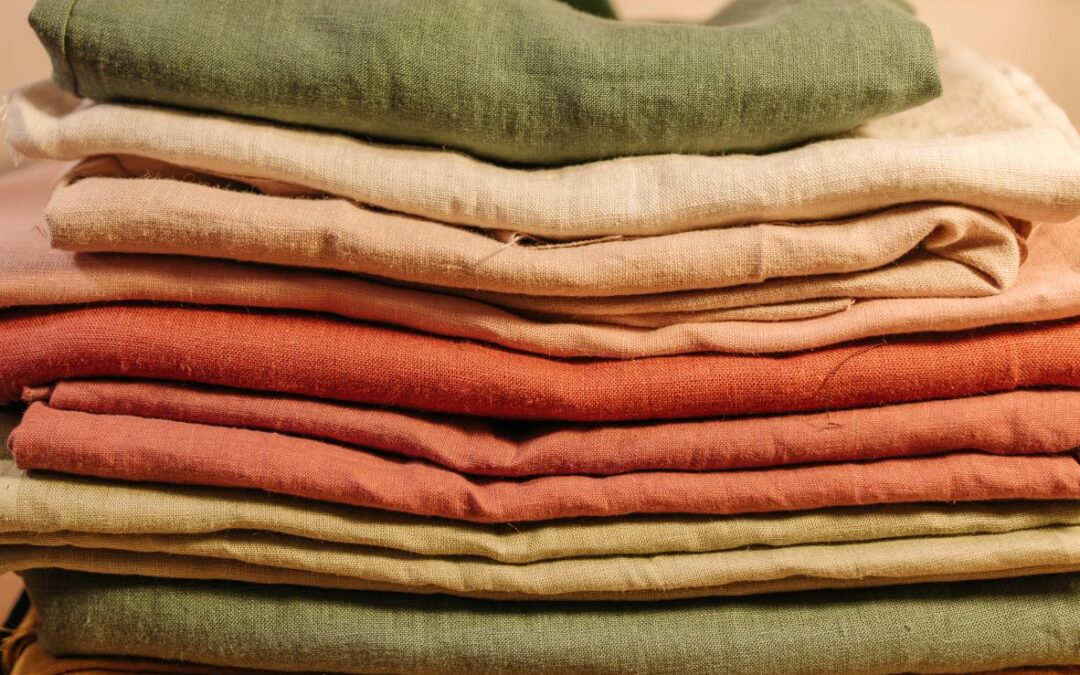As a textile and apparel importer who wants to move your supply chain to Indonesia, we are sure that you want the best products at the best price. Thus, you need to find suppliers who can meet all of your standards in terms of price, quality, and their capabilities in taking your orders.
In this article, we will tell you about the most common fabric defect to avoid to meet your customers’ satisfaction that later will bring a good image for your brand.
1. COLOR DIFFERENCE
This defect is one of the most visible defects that can be found on raw textiles. It is defined as a difference in the depth of shade and color from roll to roll or piece to piece. Color difference defect is caused by:
• Fabric mixing in the production
• Variations in the production process in terms of time and speed
• Improper cutting, bundling, and/or numbering
• Unequal fabric stretching
2. DIRT/STAINS
Stains, which are defined as spots or patches of different colors in dyed textiles, commonly happened during textile inspections. Stains on textiles are never truly safe because they can occur at any time during or after production if they are not stored in an area with adequate protection.
Stains can appear on fabrics from a variety of sources. Factory floor dirt, oil from machinery, and dyes are all known sources. Stains are relatively simple to identify and prevent as long as fabric suppliers are conscientious about the fabric quality.
3. DROP STITCHES
Drop stitches are holes or missed stitches that appear randomly in the fabric and are one of the most common quality issues found in raw textiles. These defects are commonly caused by:
• Incorrect yarn carrier setup
• Yarn overfeeding or underfeeding
• Loose stitching during the manufacturing process
4. MISPRINTING
This kind of defect is only applicable to printed fabrics. It can be blurred printing or inconsistent color of the printing. When the print on the fabric does not match the design you specified, this is referred to as a misprint. This is typically happened because of several reasons such as:
• Colors and/or patterns are missing entirely or partially.
• Colors and patterns are positioned incorrectly in relation to one another.
5. HOLES ON THE FABRIC
Holes on the fabric are commonly considered as a major defect in the fabric and, depending on their size, are assigned two or four penalty points during fabric inspection.
No matter what the products you sell using the fabric, whether it is promotional t-shirts or high-end furniture upholstery, knowing the different types of fabric defects will help you to avoid all the defects that commonly occurred during the inspection.
Conducting an Inspection can be your solution when you’re sick of dealing with quality complaints and product returns. Investing in an inspection will save you much time and effort to fix problems and also this service could prevent future fabric defects. As a result, it will ensure that your product meets company and customer expectations in terms of quality.
Excellencial independent third-party inspection services in Indonesia will provide you with confidence that your products comply with both your standards and customers’ expectations. For more information about product inspection in Indonesia, you can find it here: https://www.excellencial.com/inspections/

